It was half-term and so we made our way north to West Kilbride Seamill to visit my mum. The roads were kind to us, and we arrived by lunchtime and settled into our few days away. As usual I got up on the following morning, not long after sunrise, and made my way down onto the beach by the Seamill Hydro and along towards Ardrossan, disappointed not to see a dipper as I crossed the burn. Within a few hundred yards the air was filled by a light drizzle - it wasn't forecast to rain and so I pressed on hoping this would soon pass, and it did.
As I made my way along there were ringed plover, rock and meadow pipits and a handful of sedge warbler. There wasn't much out on the water and the remainder appeared to be the usual gulls, oystercatchers and a single curlew on the water’s edge. A small flock passed on the edge of the water and through my bins I could see they were red-breasted mergansers - happy with that as I've only been seeing pairs or singles of late.
I pressed on but by the time I reached the Waterside Hotel there was nothing significant, so I turned and made my way back to the Hydro. By now we were at low tide and I made my way to the very edge of the water scanning the beach and the water across to Arran. It is always a delight to see the grey seals on the rocks, awaiting the next tide - not so sure about the backdrop on this occasion, a submarine cruising on the surface.
It was still early and so I decided to walk along the beach to Portencross. The sand is particularly splendid at the moment and the beaches have been cleaned of the seaweed that no doubt was deposited there through the winter months. A couple of birds on the wing passed me by and when it occurred to me that they weren't just gulls, I raised my bins and found they were in fact sandwich terns - a year tick for me - they would be the only ones I would see over the four days so just as well I picked them out. On the rocks I found five ringed plovers feeding and scampering towards the sea as I approached. They are such smart little birds always somehow looking alert and well presented.
At the end of the beach I turned and watched families of eider ducks cruising along with some of the adults holding back and diving for food. The detail on the male’s plumage is always so attractive at this time of year.
I arrived back at the hotel at 8.30am as planned having covered almost 6 miles with some great views but only one year tick. Maybe tomorrow - as for today we'd be visiting the newly reopened Burrell Collection in Glasgow with my mum.
On the Wednesday morning I got up just after 5.00am and made for Bogside Flats to see what might be on offer. It was a much better morning weather-wise as I arrived in the car park and set off across the Irvine Bogside golf course, seeing numbers of magpies and a few linnet.
I reached the edge of the flats and spent some time there waiting for any of the raptors I'd seen on previous visits, but to no avail - there was a distant stonechat and sedge/reed warblers down in the reed bed. There were also several roe deer feeding within reach. I decided to circle round and have a look at the river but as I approached the turn on the track away from the golf course there were calls from grasshopper warblers. I stopped as there appeared to be one on the hedge between the track I was on, and the golf course - I waited. It took ten minutes or so but eventually I got a view of the bird in the base of one of the bushes - amazing as I've never seen one in Scotland before. I snapped off some photos and continued my vigil. The bird repeated the exercise, and I managed another photo before it flew up onto a more prominent stalk and sat for a short while before flying off and into heather. From there it departed back over the track and into the area to the west of the golf course.
I pressed on but continued hearing grasshopper warblers on the Flats and what must have been four individuals. Skylarks and meadow pipits rose as I passed by. I was hoping to find a whimbrel on this visit and eagerly scanned the river but the curlew and whimbrel have been very scare, presumably still nesting and feeding elsewhere. I raised my bins and scanned up and down the river coming across an otter feeding on these shallows - distant but easy to observe - I took a few record shots and settled in. After a few minutes it dived and didn't surface in view and was lost. I didn't find anything else of note and made my way back.
Through the golf course the number of house martins grew, and I came across a pool where they were collecting mud from the water's edge - a dozen or more on the ground at a time. I circled so as not to flush them, but they all rose regardless - it was only a couple of minutes before they were back on station. This species is one of the reasons I got into birding in the first place, having been enthralled by them from my grandparent's veranda as a child. I looked at the time and still had half an hour before I'd need to be back at the hotel so decided to make a pit stop at Stevenston Point on the way.
I arrived on the Point and immediately saw a hooded crow on the back of a wooden bench - a year tick. I took a couple of distant shots and then parked the car a bit closer and did the same from inside the car. I'm not sure I've spent this much time close to this species as I seem to come across them randomly and usually at distance. This was a real treat.
The crow left and I quickly jumped out of the car and looked across the water and onto the beaches - there was an array of gulls, a fishing gannet and sanderling on the southern beach. On the water were a pair of red-breasted mergansers - I couldn't resist. There were also then five little ringed plovers and two turnstones on the northern beach. I'd run out of time and had to get back for a shower and breakfast.
Arriving at my mum's we agreed that we would go for a run in the car and having discussed ospreys the night before we decided to visit Loch Doon, 3 miles east of the town of Dalmellington. The car park is just off Loch Doon Dam and about 5 miles on is Loch Doon Castle on the far southwest side of the loch. There is a cafe (The Roundhouse) by the Dam that is open 7 days a week, and ospreys nest in the trees opposite and over the loch from the cafe. There are screens to view the ospreys and in particular from the comfort of the Osprey Lounge.
It took under an hour to get there and we started off having some lunch. We then set up my scope to try and view the nest from near the dam. It was possible to pick out the adult but obviously not the single hatched chick (other eggs were still to hatch) - we watched but weren't lucky enough to see the male return. The tree has the nest in the centre and the osprey photo was taken from the screen in the Roundhouse.
Having waited as long as I could justify with my two companions, we decided to drive along the loch side to see if we could locate the male fishing and to see Loch Doon Castle. As we made our way along we came across numbers of wheatear and a single whinchat - we also saw skylark, meadow pipit, song thrush, a stonechat and numbers of swallows and house martins. By a bridge we stopped and I spied a spotted flycatcher - unfortunately it has left before I could get the camera from it's bag in the rear footwell of the car. While I had the camera out it would have been rude not to snap a rather attractive willow warbler flying around the treetops.
Loch Doon Castle was built in the late 1200s by an earl of Carrick – either Robert the Bruce or his father. The castle originally stood on an island in Loch Doon but the entire castle was taken down, stone by stone, and re-erected on its present spot in 1935, in an effort to save the castle’s curtain wall as water levels rose due to the local hydroelectric scheme. It is a ruin rather than a functioning building. Having visited we returned back along the single-track road seeing mostly the same species of birds, but with the addition of a common sandpiper. Viewed from the car it was happy to give close views as it fed.
When we reached the Roundhouse cafe we stopped for ice-creams and coffee and were excited to see four Hercules AC-130 aircraft approach and bank over the loch. We headed back, arriving in time to pick my brother up from the train station.
The alarm rang just after 5am and I snuck out of the hotel once more, this time making for Fairlie Sands and the Hunterson Pool both just off the A78. A great spotted woodpecker greeted me and a couple of willow warblers sang as I passed underneath - families of eider ducks swam in the bay. I reached the far end but didn’t encounter anything of particular note - however, I did have a calling cuckoo. I paused and waited to see if it would show but soon I could hear it calling more distantly. I remember reading that a cuckoo had been recorded on the Moor Road and had a look along there but only spotted skylarks and meadow pipits. I pulled up stumps and made for Stevenston Point again.
When I arrived I scanned around and could see numbers of sanderling and the red-breasted mergansers out on the water, but more distant than before. I set up my scope and scanned across the water and along the beach, picking out three birds in silhouette - they looked like godwits. I dropped the scope in the car and climbed down onto the beach circling around the birds so as not to flush them. I saw them turn and put myself closer to the water's edge and waited to see if they would come close as I remained stationary. They did and boy were they lookers!
The three bar-tailed godwits put on a show but were eventually put up by approaching dogs out for a walk with their owner. The sanderling were put up too but they landed close while the barwits set down further up the beach. I repeated my positioning and waited for the sanderling to approach and pass - the range of plumages on show was interesting.
I'd spent quite a lot of time down on the beach and it was time I got back for breakfast. I also had to prepare clothes to take to my mum's as we were due to have dinner in The Witchery in Edinbugh that night.
My final morning arrived, and I was again out early this time at the Clyde Marina in Ardrossan - they often have black guillemots in the harbour and I'd only seen one distant earlier in the year. Sure enough, when I got to the harbour there were in fact six black guillemots in various spots- some on walls, some on the water. A couple eventually got close enough for a photo - a great way to spend the morning.
The morning was still young and so I moved on back to Stevenston Point to see if the barwits were still there - they weren't. The sanderling could still be seen out on the beach but I concentrated on the water where gannets were fishing. I spotted a flock of birds passing - manx shearwater. I watched and some passed (c.12 or less) every fifteen minutes or so. There was a gannet in the water, far out, and I could see some birds fishing close to it. They were very distant but could be ID'd as guillemots - up to three. A pair of rock pipits landed on the tarmac in front of me and worked away.
What a great way to finish the week's birding with a couple of year ticks.






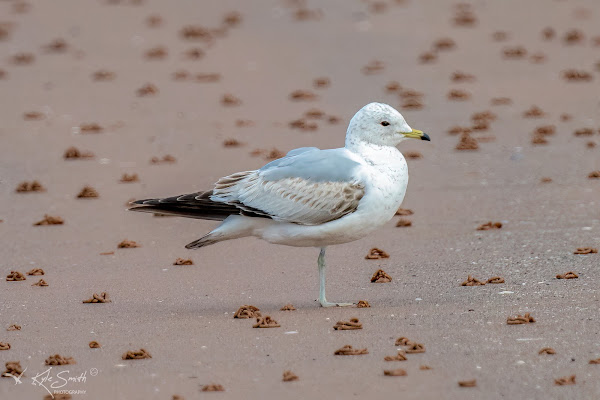



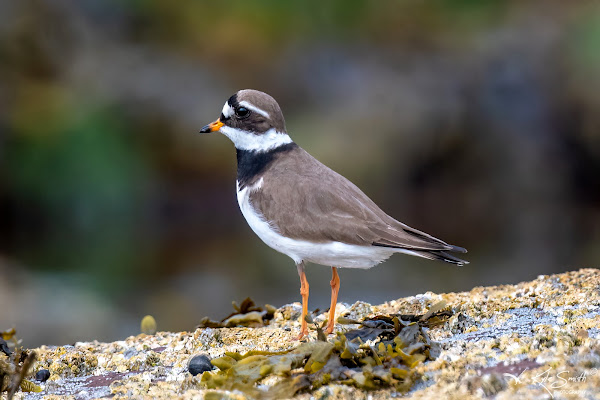
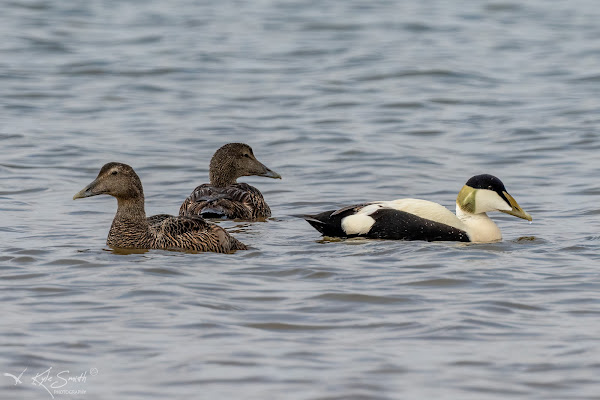

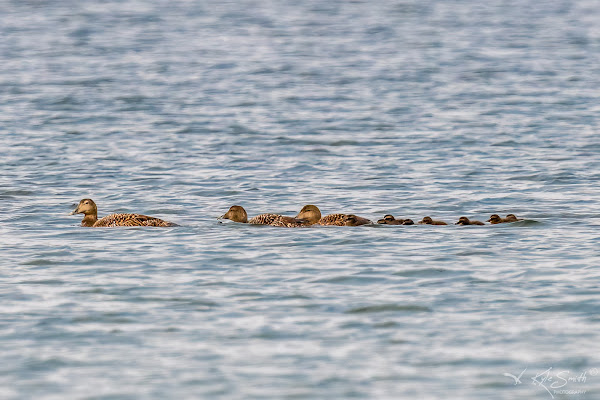
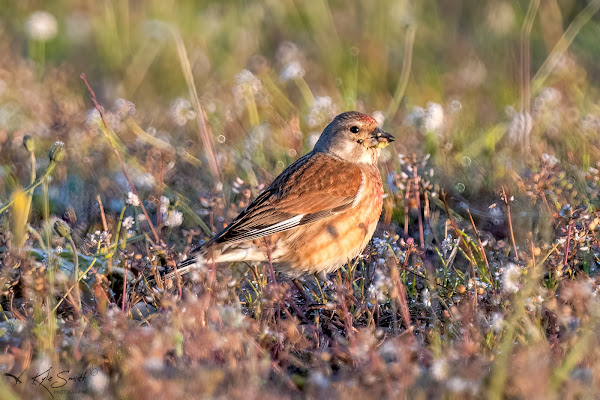

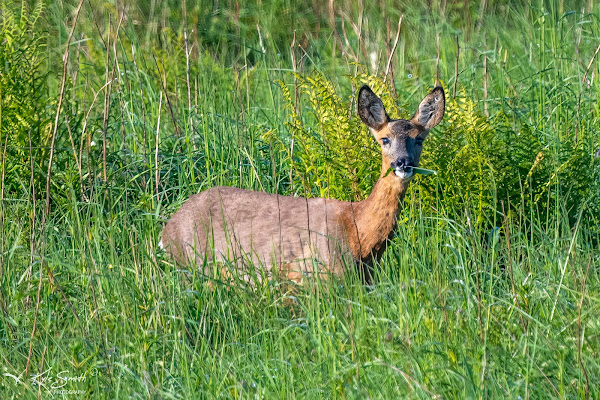
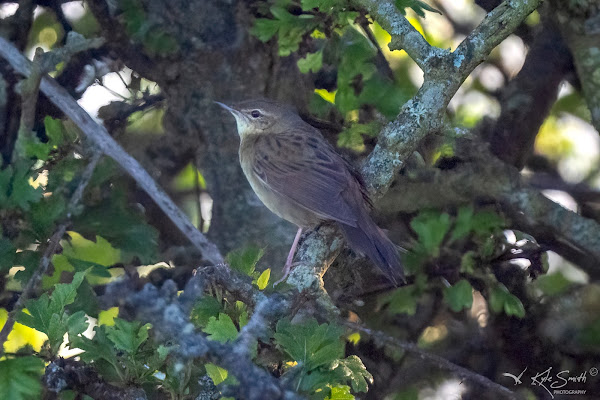

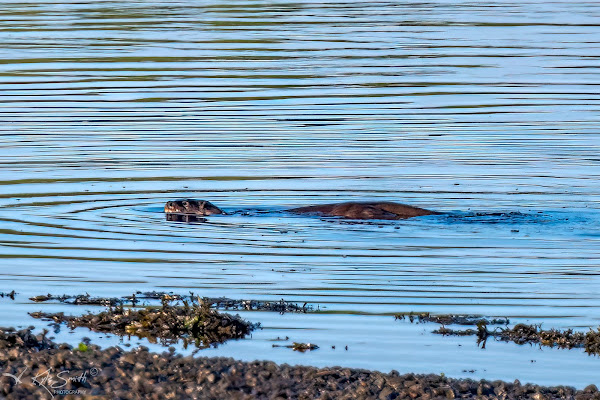
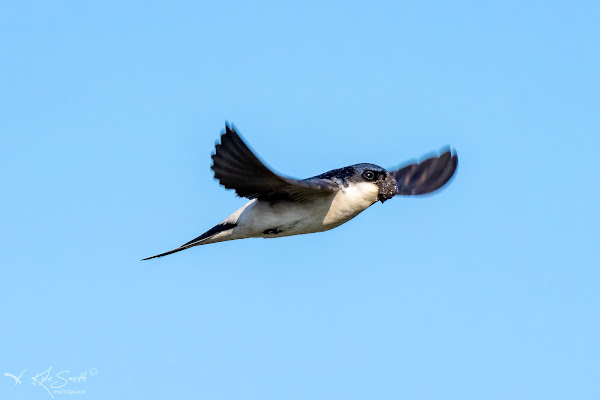

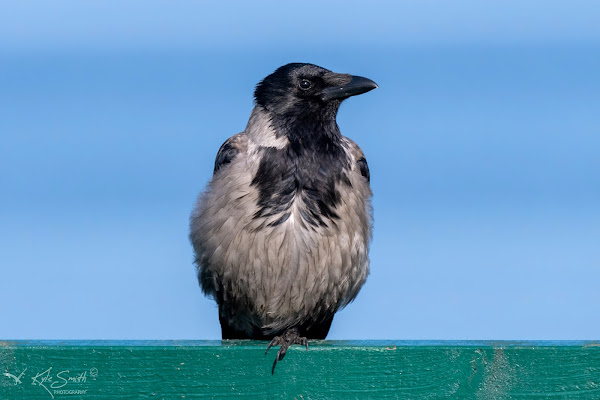

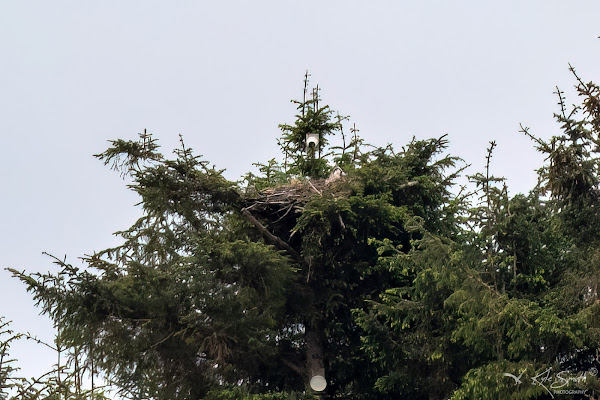


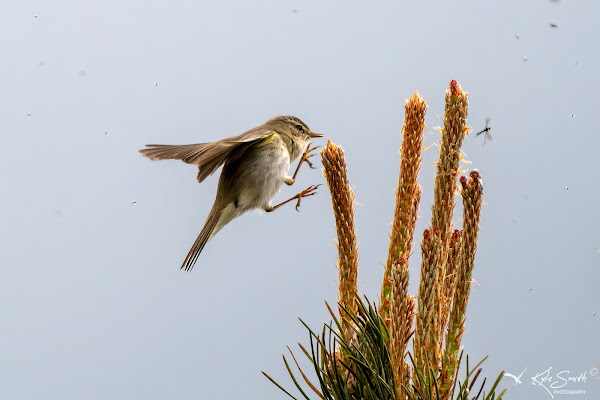
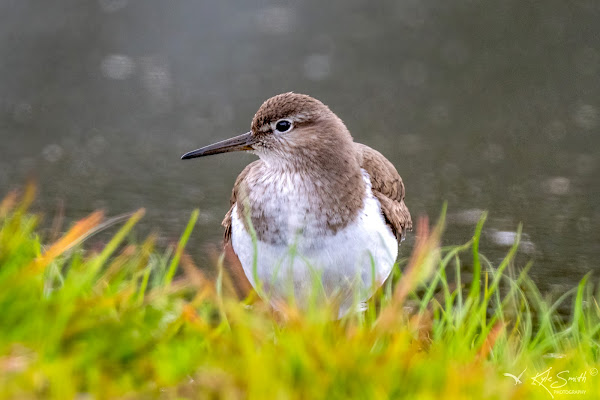
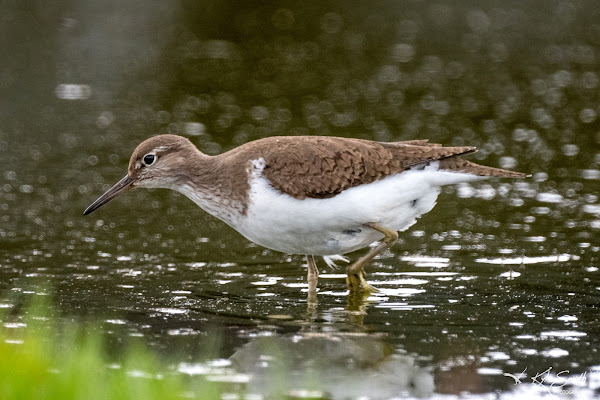

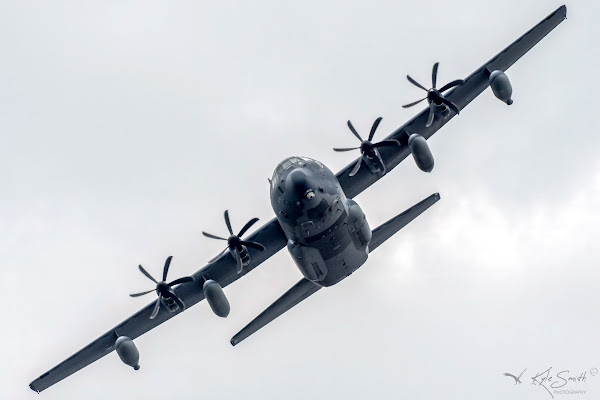
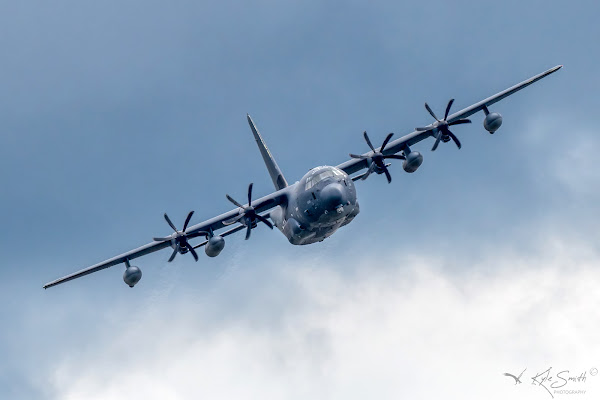
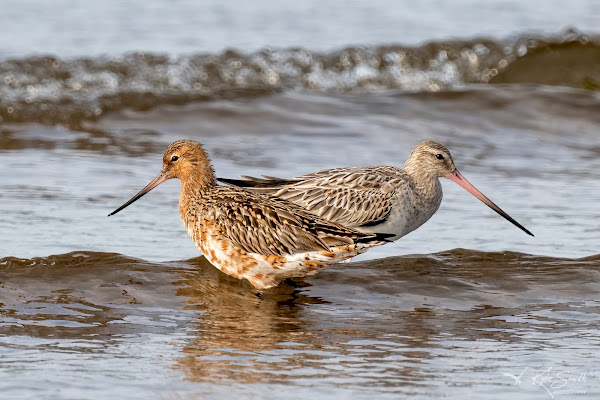
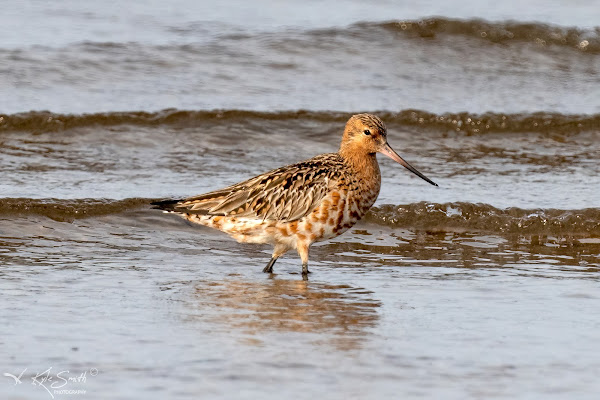
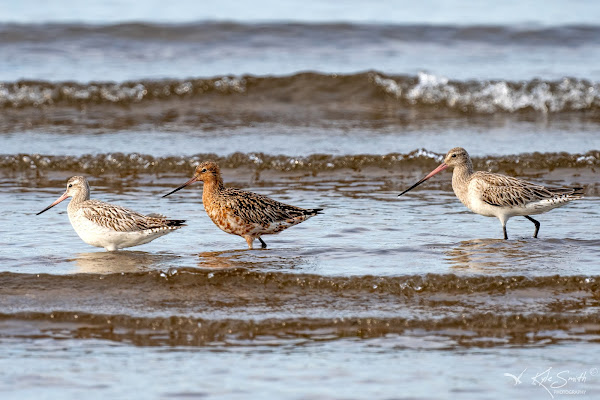



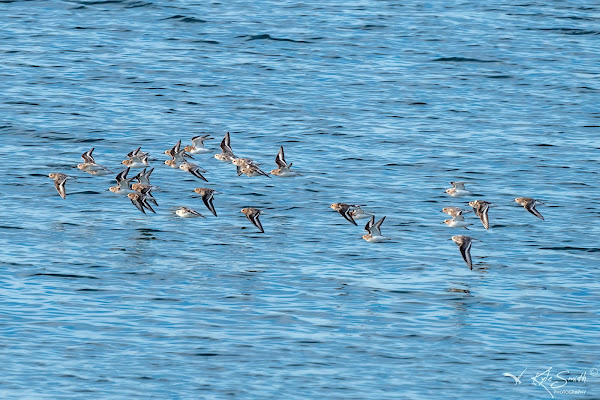

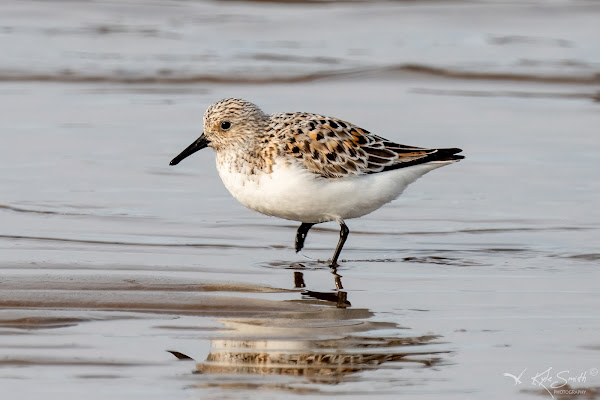



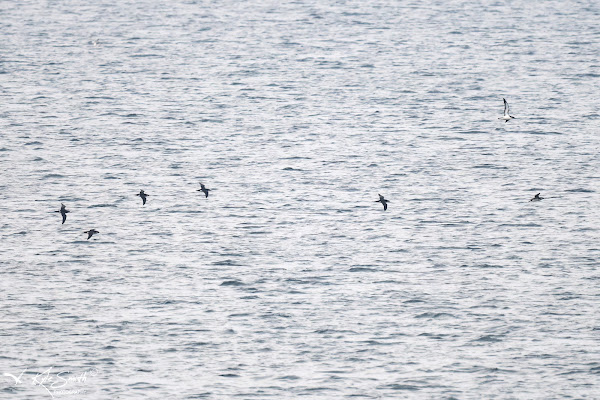

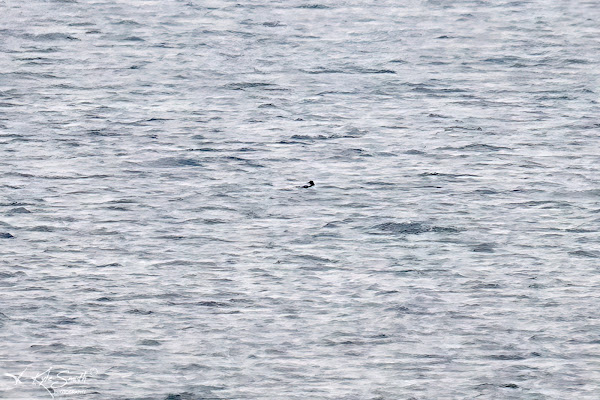

No comments:
Post a Comment